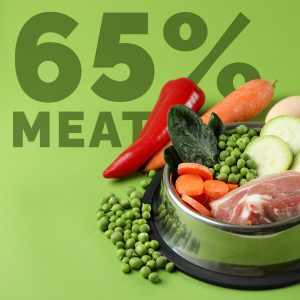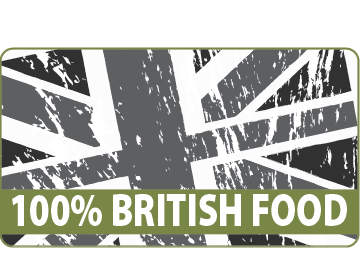Cat and Dog Food, what is the difference?
There is no doubt that we are a nation of dog and cat lovers. Recent research by Pet Food Manufacturers Association is the leading trade body for the UK pet food industry. They have highlighted that in 2021, there are an estimated 12.5 million dogs in the UK, equating to 33 per cent of all households. With another 12.2 million cats constituting 27 per cent of households in the UK. These cats and dogs eat many different diets, but what are the main differences between cat food and dog food?
The two foods compared
Surprisingly to some dog and cat owners, there is a big difference between a cat and a dog’s nutritional needs and, therefore, their foods. Dogs are omnivores that can survive on a varied diet comprising of components such as meat, fruits and vegetables. However, cats are obligatory carnivores, where meat is biologically necessary for their diets.
Taurine
Cat food is designed to provide the correct taurine levels that a cat must have to survive. This is an essential amino acid that is crucial for the health of a cats heart, eyes, digestion and immune function. Unfortunately, cats are among a few mammals that don’t have the ability to produce taurine themselves, so they must get this from their diets. Whereas a dogs body can naturally produce their own taurine so isn’t a requirement in their diet.
Protein and Calories
Cat food is much higher in meat-based protein than dog food because they are primarily reliant on protein for growth, body maintenance, and energy. Most other mammals, such as dogs, can utilise a number of dietary components such as carbohydrates for energy and so their bodies can adapt to lower protein diets. In addition, it is believed that a cat should have 2 times the amount of protein as a dog, and if they don’t reach these requirements, they can become malnourished quickly and cause several health problems. There is a real need for a higher calorie content in cat food than dog food because of the extra requirements of protein in a cat’s diet.
Taste and Size
Cats and dogs have different taste sensations; this is mainly due to them having different taste receptors. Cats have a total of 470 taste buds, while dogs have 1700. This means that cat food generally has a stronger aroma than dog food to entice them to eat their food. The size of cat food also tends to be smaller than dog food because cats have smaller mouths and smaller digestive systems.
Vitamins
Vitamins are essential for both cats and dogs, but they require these in different proportions. For example, a crucial vitamin for cats is vitamin A, which like taurine, they don’t have the ability to produce; however, dogs do. This key vitamin has important functions in maintaining a cat’s eyes, skin and coat health and, if not given adequate amounts, can lead to issues with a feline’s health.
Why is your Grain Free better than the rest?
The Dog Man’s Choice Grain Free recipes are ideal for dogs with sensitivity or intolerance to grains or gluten; a great alternative to rice or cereal-based recipes. Dog foods formulated without grains may help to alleviate common symptoms of grain sensitivity or intolerance.
The benefits of Grain Free diets can include:
- Less and smaller stools
- Reduce Shedding
- Improved Skin & Coat Condition
- Improved Breath Odour
- Reduced Wind
- Reduced Itching & Scratching
- Reduced Digestive Upsets
So, why is your Grain Free so good?
Don’t forget with your Grain-Free, there is a variety of recipes and flavours to choose from add this to the variety of bag sizes means we are well prepared for our client’s needs.
All our Grain Free recipes are supplied in compostable, eco-friendly bags at no additional cost.
Need help don’t hesitate to ask
Our range of Grain Free tap here to shop now












